Category: Tutorials
-
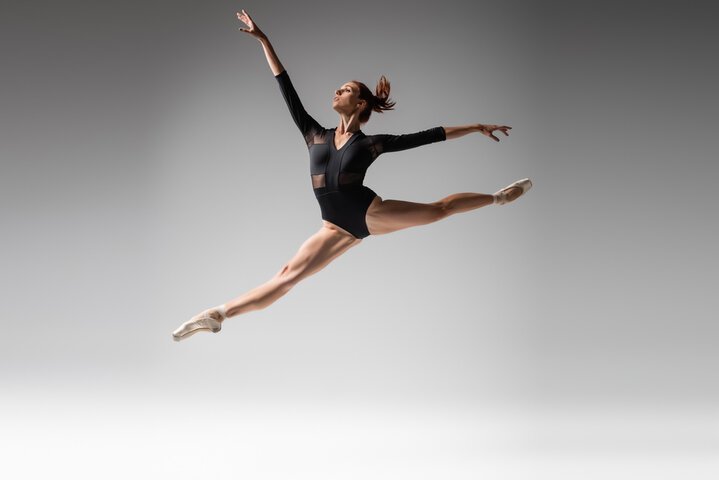
Ballet Jumps: A Full Guide with Technique and Tips.
Ballet jumps are a fundamental element in classical dance and are used in rehearsals and performances. Although most of us are not born with an innate talent for jumping, this talent can indeed be developed with the right training. So, in this article, we will tell you some tips to improve their execution. The perfect…
-
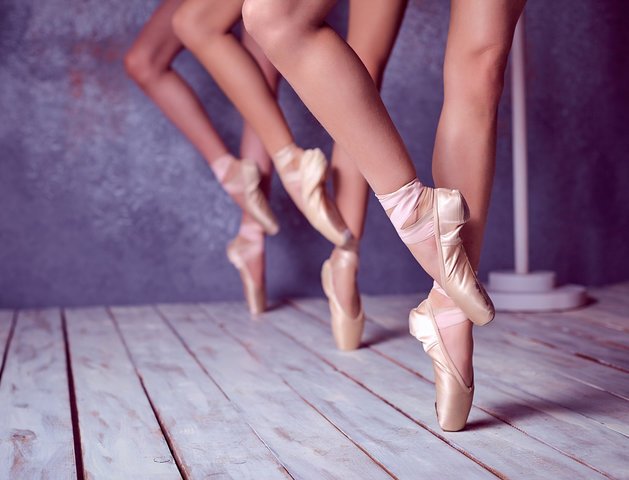
Cou de Pied Position Ballet: A Full Guide for Dancers
Sur le Cou de Pied is a fundamental position in ballet. It is often referred to simply as “cou de pied”, which means “neck of the foot”. On the other hand, “sur le cou de pied” means “on the neck of the foot”. This position is crucial in ballet and aesthetics because it trains your…
-
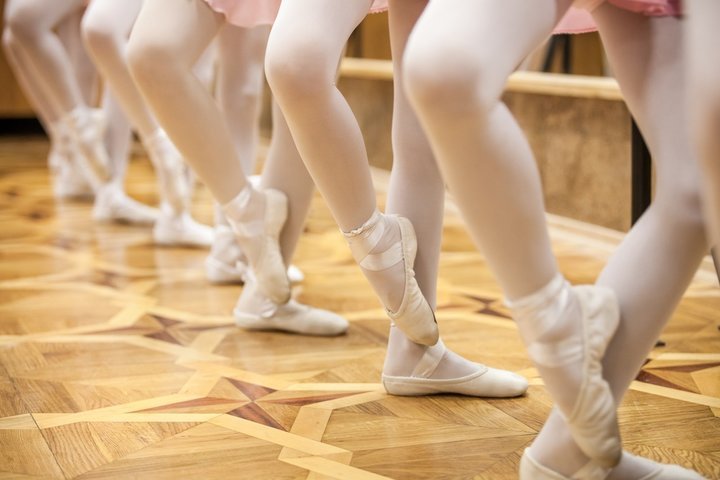
Coupe in Ballet: How to Perform This Essential Linking Step
The coupe is a ballet step classified as one of the so-called “linking movements.” These steps are crucial for transitioning smoothly between movements and ensuring fluidity in ballet choreography. In this article, we will explain in detail how to perform this step correctly. What is a linking movement? First, let’s look at what a linking…
-
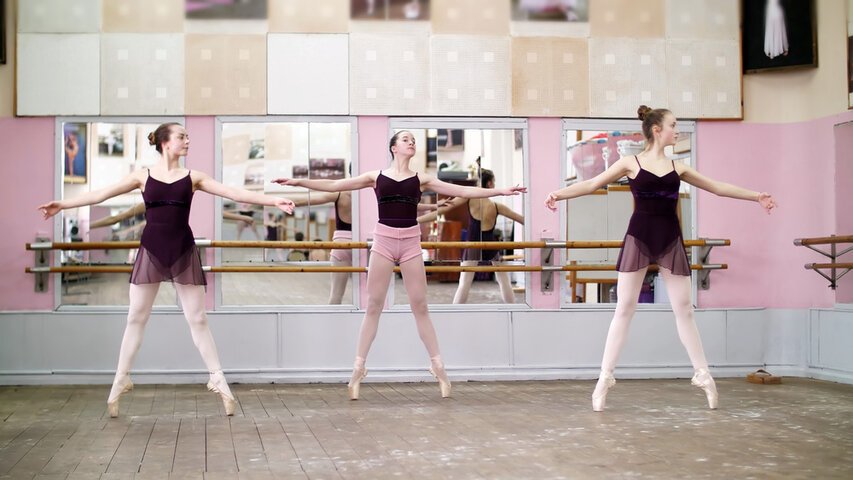
Echappe in Ballet: How to Perform This Step Correctly
Echappe means “escape or slip movement.” This ballet step consists of evenly separating both feet from a closed position to an open one. There are basically two types of échappés: the échappé sauté, which is a type of jump, and the échappé on pointe, or demi-pointes, which is more like a sharp sliding out on…
-

Cambre in Ballet: Technique and Tips
Cambre is a French word that means arched. So, the Cambré in ballet consists of arching the back. The Cambré can be performed forward (flexion), backward (extension), or sideways, although it is generally associated with backward movement. This article will explain how to perform each of these variations correctly. Purpose of Cambré in Ballet How…
-

Sissonne: A Complete Guide to This Ballet Jump
Sissonne consists of a jump from both feet to one foot, except the sissonne fermée, the sissonne tombée, and the sissonne fondue, which end on two feet. On the other hand, this jump can be performed petite or grande. The petite sissonnes are the sissonne simple, the sissonne fermée, the sissonne ouverte at 45 degrees,…
-

Changement de Pieds: Everything you Need to Know
Changement de pieds means “change of feet”. This term is usually shortened to “changement”. The “changement” is a jump in the fifth position. So, the dancer changes feet in the air and lands in the fifth position with the opposite foot in the front. Keep reading this article to learn how to do it perfectly.…
-
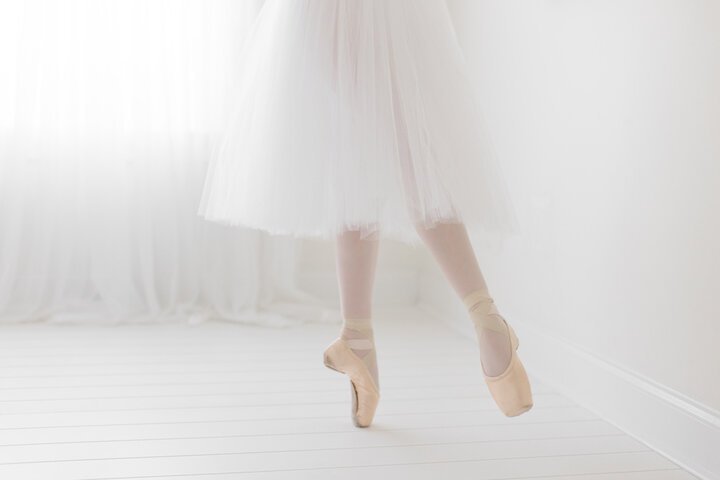
Degage: Technique, Tips, and Purpose
A battement degage is a battement disengaged from the floor. It is sometimes called battement tendu jete (“thrown”), battement glisse (“glided”), or simply degage (“disengaged”). Keep reading the article if you want to learn how to execute this step correctly. Battement Tendu Degage First of all, what is a battement? In French, this term literally…
-
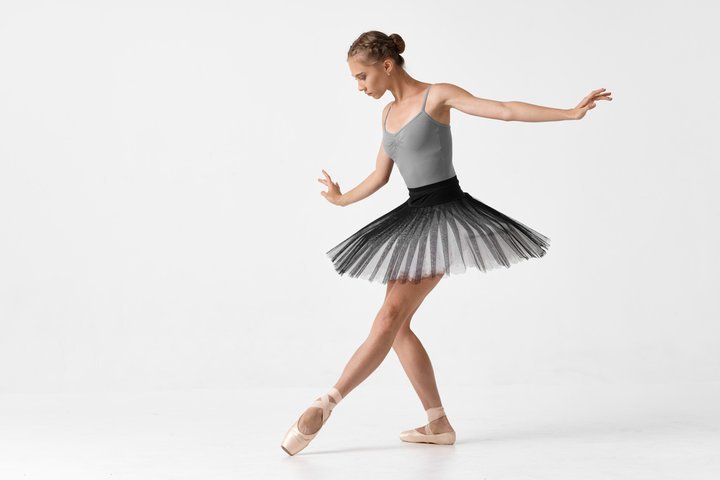
Piqué Ballet Step: A Comprehensive Guide
Piqué means “pricked.” It refers to an exercise usually performed on the bar (battement tendu piqué). On the other hand, piqué is also a connecting movement. In this article, we will explain each of them so you can perform them perfectly. Battement Tendu Piqué This is a movement in which the toe of the raised…
-
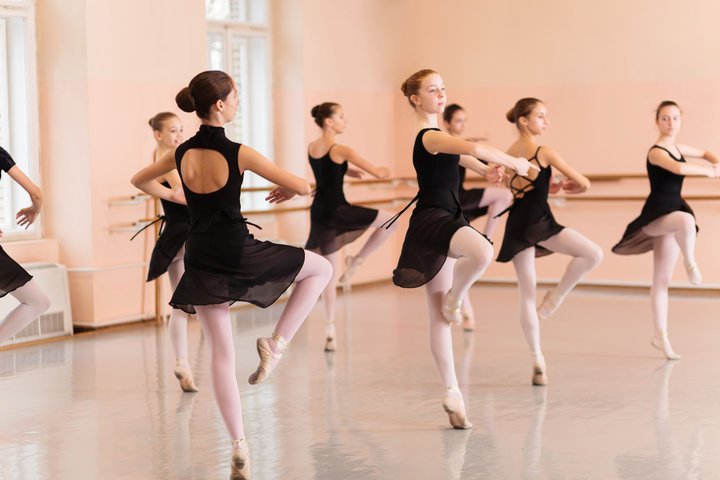
Passé or Retiré: Everything you Need to Know
Passé or Retiré? Often, teachers and dancers use the two terms interchangeably. But is there a difference? In this article, we will answer that question and explain in detail how to execute these steps correctly. Passé or Retiré? Retiré means withdrawn. It is the position where the leg you are working on is bent in…
